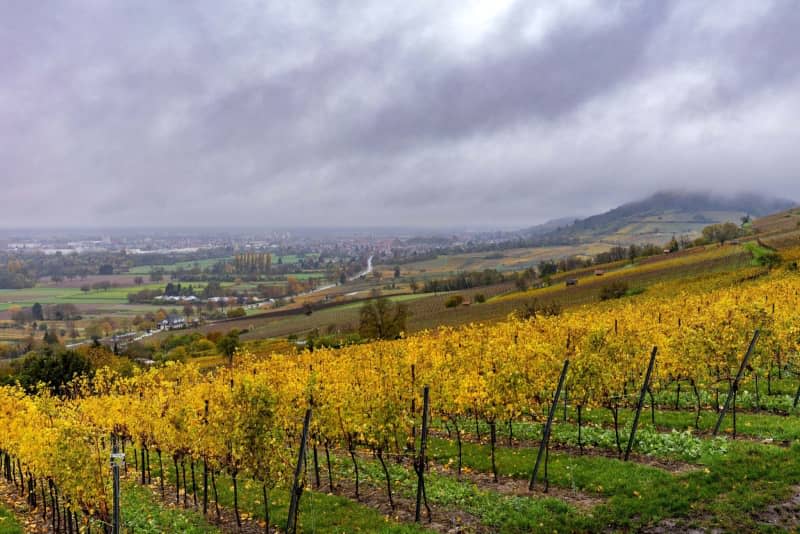Wet autumn leads to late sowing of arable crops in Germany

The very wet autumn in many places has led to the late sowing of arable crops in Germany, figures from the Federal Statistical Office, or Destatis, released on Friday showed.
According to preliminary estimates by the office, 1.1 million hectares of summer cereals are being grown this season, which are not sown until spring. This represents an increase of 19.6% on last year, while the area of winter cereals, which actually dominate in Germany, has fallen by 4.9% to 4.8 million hectares.
The high rainfall in autumn made sowing more difficult, the office reported.
As a result, the area under spring wheat, for example, tripled to just under 100,000 hectares. Spring barley and oats also increased significantly.
However, despite an 8.3% decline in area, winter wheat remains the most important cereal with 2.6 million hectares planted, ahead of winter barley with 1.3 million hectares, an increase of 2.5%.
Winter oilseed rape with 1.1 million hectares, a reduction of 5.8%, and silage maize with 2.1 million hectares, an increase of 4.9%, are also very important.
More potatoes and sugar beet are also being cultivated in Germany this year.

